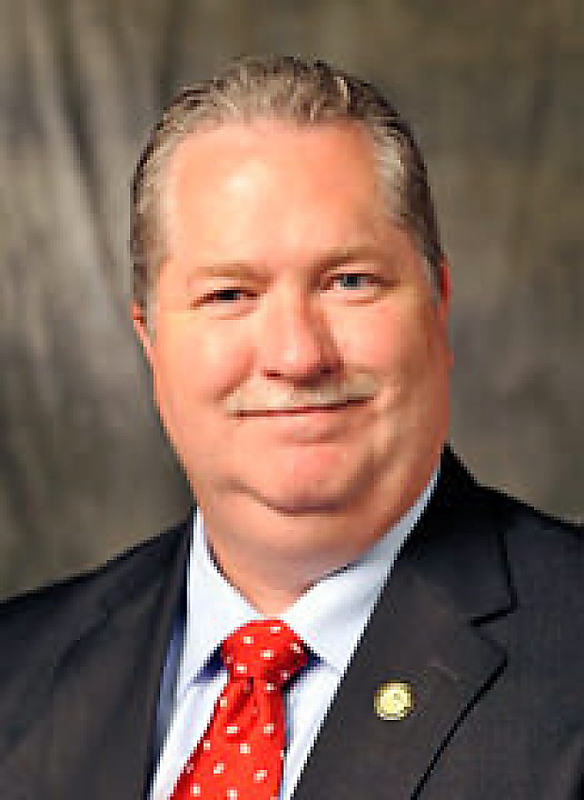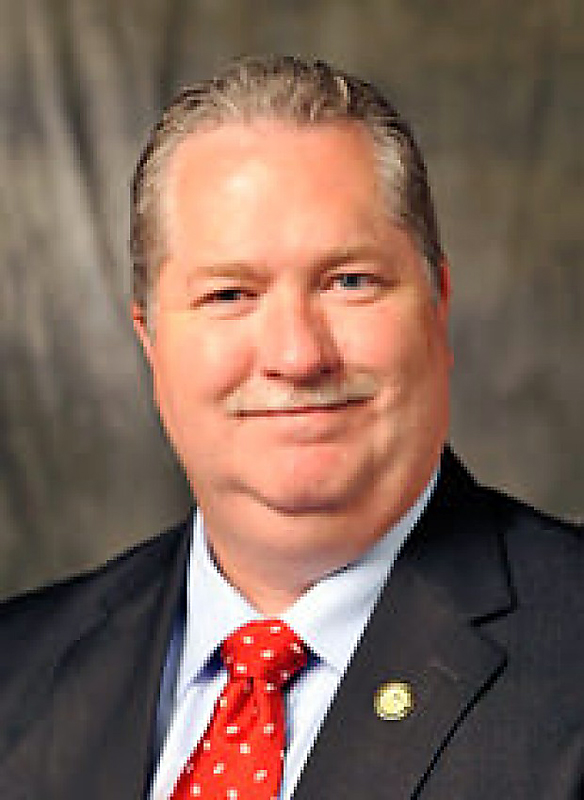By Renee Larr
On April 17, the Hamilton Public Safety Communications Department hosted a tour of the 9-1-1 center to celebrate National Telecommunicators Week. The week long event is held the second week of April every year and celebrates personnel in the public safety community. The 2014 year-end report was also presented.

“We try to take this week to do some things for our folks. We highlight some of their actions and how they work and the conditions they have to work in,” said Michael Snowden, Executive Director.
The HPSCD is located within the Hamilton County Sheriff’s complex in Noblesville. The department is staffed by 68 communications officers and eight dispatch supervisors along an administrative staff, training and quality assurance officer, two geographic information system professionals, a software suite administrator, a radio system administrator, three public safety IT personnel, an administrative coordinator and executive, operations and support services directors.
In 2014, the department received over 275,000 emergency and non-emergency calls including police, fire and EMS. That number has increased steadily from 2012 when the department received over 255,000 calls. Of those calls they are seeing a steady increase in calls from cell phones.
“We all know Hamilton County is growing. We’ve watched the population figures go up and up and up but it translates directly into calls for service for us,” said Snowden.
HPSCD communications officers conduct outreach with the community participating in events such as Stranger Danger classes and the Junior Law Enforcement Academy tours of the dispatch center. Employees are paired with one law enforcement officer who works their same shift so as to develop a rapport between the two.
Each new communications officer receives seven weeks of training including classroom hours which consists of guest speakers, ride alongside with Hamilton County police and fire departments and a final exam. After classroom is training is completed new hires sit with a certified training officer and is observed. Each new officer spends two to three months in the training phase before they are allowed to work on their own.
“We believe the better trained our folks are the better served our citizens are,” said Snowden.
Communications officers must maintain CPR, Indiana Data and Communications System and Emergency Medical Dispatch certifications. Continuing education of no less than 24 hours every two years is also required. Officers can attend conferences, read professional journals, attend training sessions or complete multi-media training exercises in order to gain credits.
“Over the last year we have totaled 4,326 hours which has increased last year by 1,413 hours which is absolutely tremendous,” said Communications Officer Becky Feltz.
The job of a 9-1-1 dispatch operator is often a stressful and thankless one. Each employee has their own share of horror stories of calls they’ve encountered. After particularly stressful calls, officers are sometimes debriefed to discuss the traumatic experience. A large number of officers end up experiencing post-traumatic stress disorder at the end of their career.
Hamilton County hopes to continue to see growth in the area of public communications for 2015.







